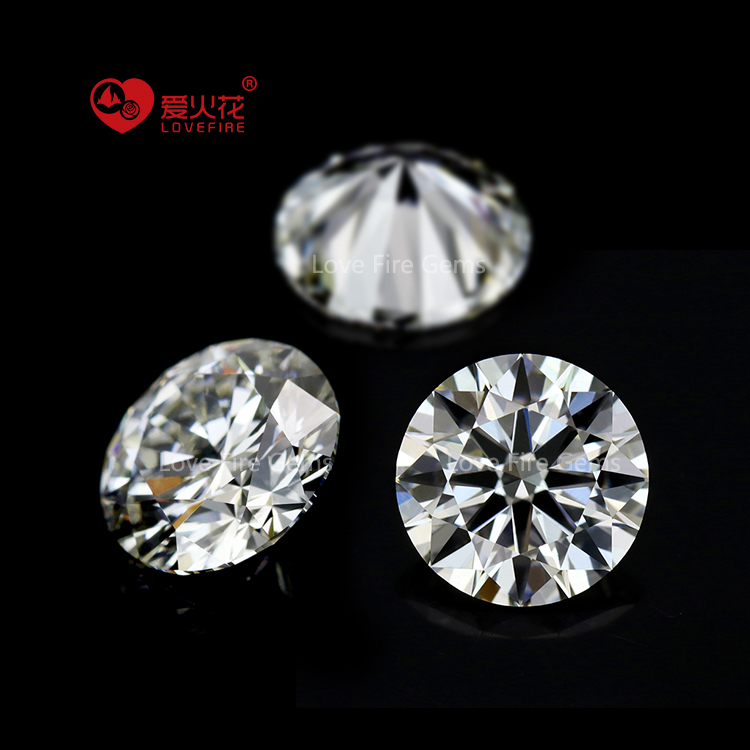Synthetic diamonds go by many different names — lab-grown diamonds, lab-made diamonds, lab-made diamonds and even synthetic diamonds. These names all refer to the fact that synthetic diamonds are created in laboratories or factories, rather than being naturally formed in nature and mined from the ground.
Some synthetic diamond LABS use advanced technology to simulate the conditions under which natural diamonds form.
This formation process is the main differentiating factor between synthetic and natural diamonds, after all, synthetic diamonds have essentially the same chemical, optical and physical properties and crystal structure as natural diamonds.
Chronology of synthetic diamond events
· 1950s: Synthetic diamonds are produced using the high pressure high temperature (HPHT) process for industrial applications such as telecommunications and laser optics and as abrasive materials.
· 1970s: GE researchers create the first gem-quality synthetic diamond. They are clear enough and large enough to be used as gems in jewelry.
· Mid-1980s: Manufacturers begin commercial scale production of gem-grade synthetic diamond crystals. At first, these lab-made diamonds were almost always small, yellow or brown in color, but over the decades they have improved in quality.
· 2000s: Diamonds are manufactured using the chemical vapor precipitation (CVD) process, which requires lower pressures and temperatures than the HPHT process.
· Mid-2010s: Availability of colourless lab-made diamonds on a commercial scale to the jewelry market. HPHT and CVD remain the main production methods for synthetic diamonds.
How does the lab make synthetic diamonds?
There are two main processes used in lab-made diamonds:
1. High pressure and high temperature
Using this method to create synthetic diamonds, the lab mimics the high temperature and pressure conditions under which natural diamonds are formed underground. HPHT diamonds are manufactured at pressures of 5 — 6 GPa (roughly equivalent to the pressure of a commercial jet resting on a human fingertip) and temperatures of 1300 — 1600°C. Both natural and synthetic diamonds of lower quality can be treated with the HPHT process to improve color and clarity. In addition to enhancing the color grade of a colorless diamond, the process can also be used to change the color of the diamond to pink, blue or yellow. Such diamonds are called “treated” diamonds.
2. Chemical vapor precipitation
Using this relatively new technology, scientists were able to create synthetic diamonds at moderate temperatures (700°C to 1,300 °C) and low pressures. The carbon-containing gas is pumped into a vacuum chamber, deposited on the diamond seed, and crystallized into a synthetic diamond. The final size of the diamond depends on the time allowed to grow.https://lovefiregems.en.alibaba.com/?spm=a2700.shop_plgr.88.17
Post time: May-26-2023
